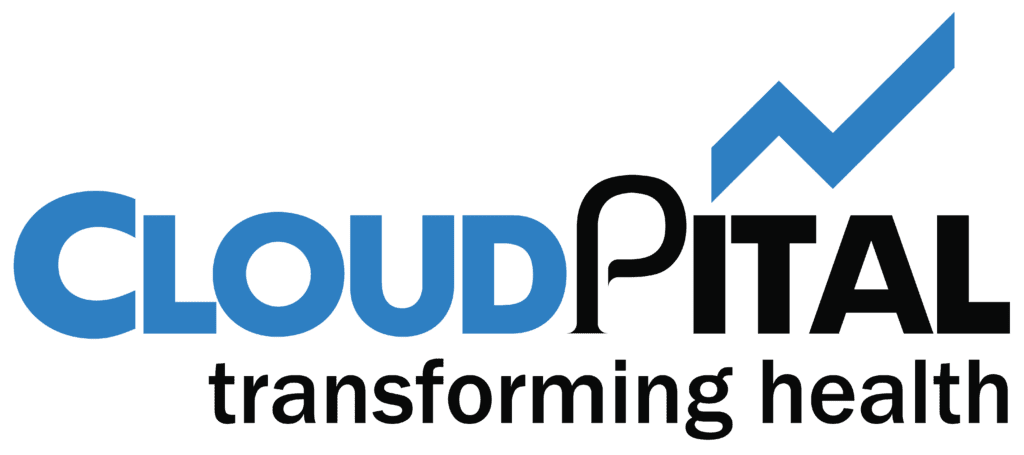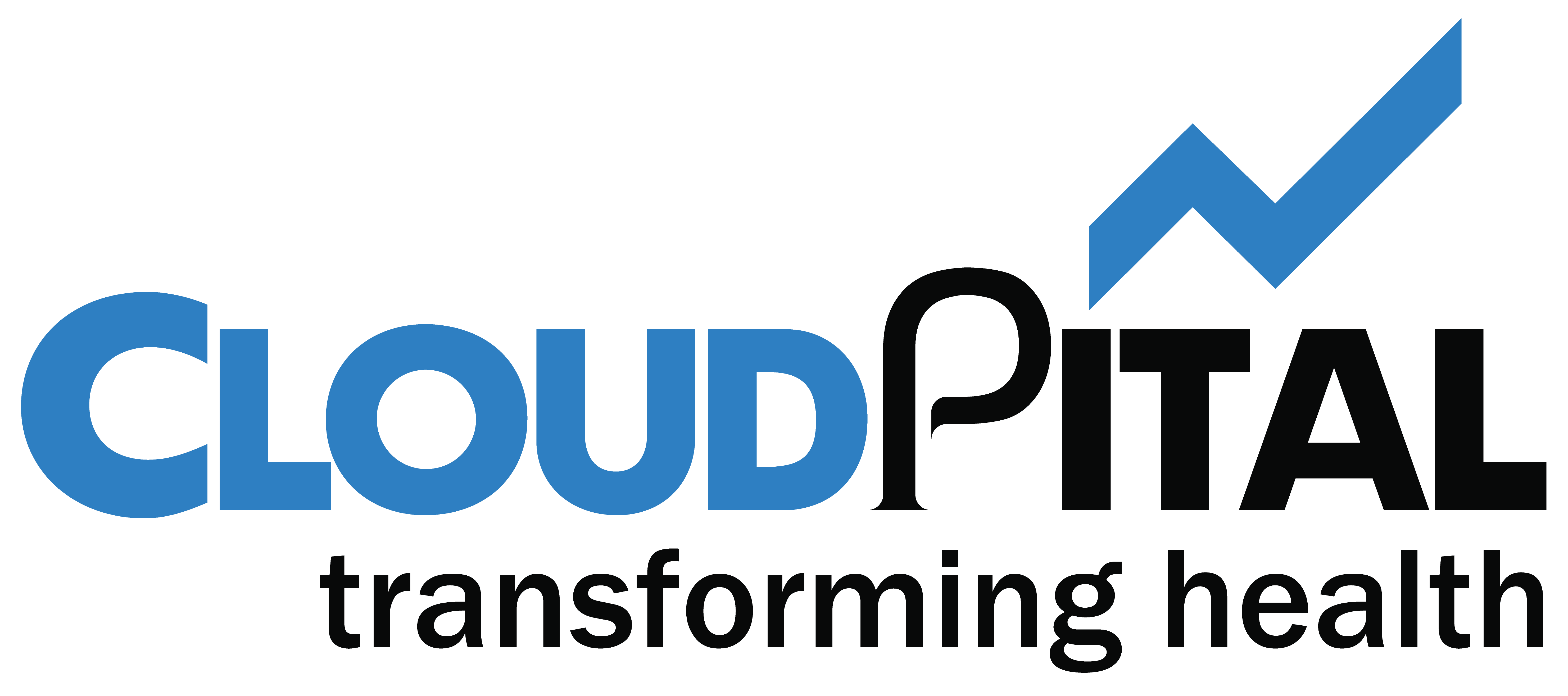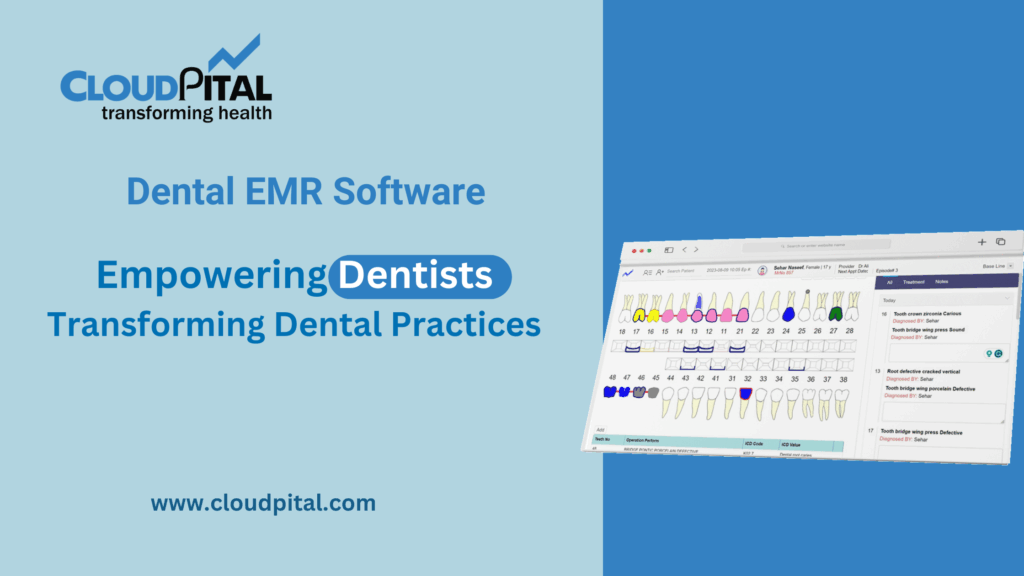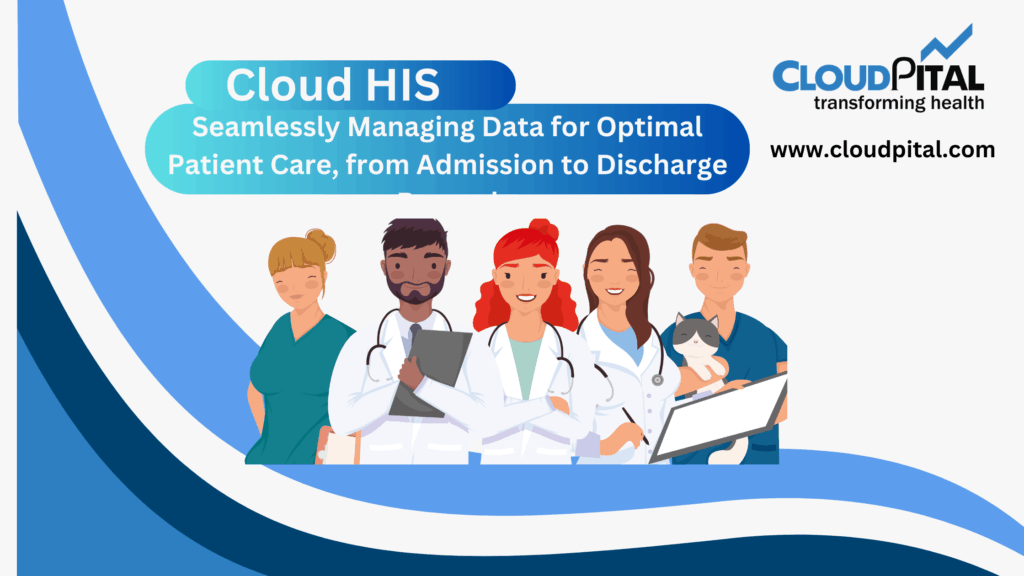Cloudpital # 1 is one of the top Healthcare Analytics Software data is a critical asset that drives decision-making, patient care, and operational efficiency. The vast amounts of data generated by healthcare systems require sophisticated tools for effective analysis and interpretation. Healthcare analytics software has emerged as an essential tool, providing interfaces that enable healthcare professionals to better understand and utilize their data. This blog explores how healthcare analytics software interfaces enhance data comprehension and application in the healthcare sector.
Click to Start Whatsapp Chatbot with Sales
Mobile: +966547315697
Email: sales@cloudpital.com
Cloudpital # 1 Healthcare Analytics Software

Understanding Healthcare Analytics Software
Healthcare Analytics Software encompasses a range of tools designed to process and analyze data generated within healthcare environments. This data includes patient records, treatment outcomes, financial information, and operational metrics. The primary goals of healthcare analytics software are to improve patient care, enhance operational efficiency, and support strategic decision-making by transforming raw data into actionable insights.
Key Features of Healthcare Analytics Software Interfaces
User-Friendly Dashboards
Dashboards are a fundamental feature of healthcare analytics software. They provide a visual representation of key metrics and data points, allowing users to quickly grasp important information. These dashboards are typically customizable, enabling users to tailor the display to their specific needs and preferences. By presenting data in a clear and concise manner, dashboards help healthcare professionals monitor performance, identify trends, and make informed decisions.
Data Visualization Tools
Visualization tools are crucial for making complex data more understandable. These tools use charts, graphs, heat maps, and other visual formats to represent data. Visualization helps to uncover patterns, correlations, and anomalies that might not be apparent in raw data tables. For instance, a heat map can highlight areas with high incidences of a particular disease, aiding in resource allocation and intervention planning.
Interactive Analytics
Interactive analytics features allow users to manipulate data in real-time. Users can drill down into specific data points, filter data sets, and explore different scenarios. This interactivity enhances the depth of analysis and enables healthcare professionals to investigate specific areas of interest more thoroughly. Interactive tools make it easier to perform what-if analyses, assess the impact of potential changes, and identify root causes of issues.
Predictive Analytics
Predictive analytics tools use statistical algorithms and machine learning techniques to forecast future outcomes based on historical data. These tools can predict patient outcomes, identify at-risk populations, and anticipate resource needs. By providing foresight, predictive analytics help healthcare organizations to proactively address challenges and improve planning and decision-making.
Natural Language Processing
NLP capabilities allow Healthcare Analytics Software to process and interpret unstructured data, such as clinical notes, patient feedback, and research articles. NLP can extract meaningful information from text data, making it accessible and analyzable. This feature is particularly valuable for understanding patient sentiments, identifying adverse events, and supporting clinical decision-making.
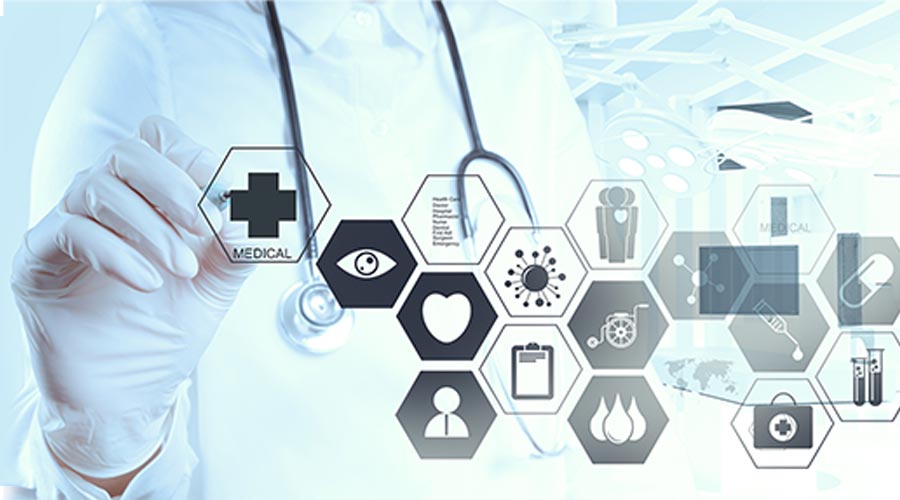
Benefits of Enhanced Data Understanding Through Analytics Software
Improved Patient Care
By providing clear and actionable insights, Hospital Management Software enhances patient care. For example, predictive analytics can identify patients at high risk of readmission, enabling healthcare providers to implement targeted interventions. Real-time data visualization can help clinicians monitor patient vital signs and detect early warning signs of deterioration, leading to timely and effective treatment.
Operational Efficiency
Analytics software helps healthcare organizations optimize their operations. Dashboards and visualization tools can highlight inefficiencies, such as bottlenecks in patient flow or underutilized resources. By addressing these issues, healthcare providers can streamline processes, reduce wait times, and improve resource utilization, ultimately enhancing the overall efficiency of the organization.
Financial Performance
Financial analytics tools within healthcare software can provide insights into revenue cycles, billing processes, and cost management. By analyzing financial data, healthcare organizations can identify areas of revenue leakage, optimize billing practices, and implement cost-saving measures. Improved financial performance supports the sustainability of healthcare organizations and enables them to invest in better care and services.
Regulatory Compliance
Healthcare analytics software can assist organizations in maintaining compliance with regulatory requirements. By providing tools for monitoring and reporting compliance-related data, these systems help ensure that healthcare providers adhere to standards and avoid penalties. For instance, analytics software can track and report on key performance indicators (KPIs) related to patient safety and quality of care, supporting compliance with healthcare regulations.
Real-World Applications of Healthcare Analytics Interfaces
Population Health Management
Population health management involves analyzing data from various sources to improve the health outcomes of a group of individuals. Healthcare analytics software provides interfaces that aggregate and analyze data from electronic health records (EHRs), claims data, and social determinants of health. By visualizing and interpreting this data, healthcare providers can identify trends, stratify risk, and develop targeted interventions to improve population health.
Clinical Decision Support
Clinical decision support systems (CDSS) integrated with healthcare analytics provide clinicians with evidence-based recommendations at the point of care. These systems use data from patient records, clinical guidelines, and research findings to support clinical decision-making. For instance, a CDSS might alert a clinician to potential drug interactions or suggest alternative treatment options based on patient history and current data.
Hospital Readmissions Reduction
Reducing hospital readmissions is a key goal for many healthcare organizations. Analytics software can help identify patients at risk of readmission by analyzing factors such as previous admissions, comorbidities, and social determinants. By understanding these risk factors, healthcare providers can implement targeted interventions, such as post-discharge follow-ups and patient education, to reduce readmission rates.
Resource Allocation
Effective resource allocation is critical in healthcare, especially during times of high demand. Revenue Cycle Management can forecast patient volumes and resource needs based on historical data and current trends. Visualization tools can display these forecasts, helping administrators allocate staff, beds, and equipment more effectively. This proactive approach ensures that resources are available where and when they are needed most.
Challenges and Considerations
Data Quality and Integration
The effectiveness of healthcare analytics software depends on the quality and integration of data from various sources. Inconsistent or incomplete data can lead to inaccurate insights and poor decision-making. Healthcare organizations must invest in robust data governance practices to ensure data quality and integrate data from disparate systems to provide a comprehensive view.
User Training and Adoption
To fully leverage the benefits of healthcare analytics software, healthcare professionals need adequate training. Understanding how to interpret data visualizations, utilize interactive tools, and apply predictive insights requires a certain level of proficiency. Organizations must invest in training programs to ensure that users can effectively use the software and derive meaningful insights.
Privacy and Security
Healthcare data is highly sensitive, and ensuring its privacy and security is paramount. Analytics software must comply with regulations such as HIPAA (Health Insurance Portability and Accountability Act) and other relevant standards. Implementing robust security measures, such as encryption, access controls, and regular audits, is essential to protect patient data and maintain trust.
Cost and Implementation
Implementing healthcare analytics software can be a significant investment. The cost of the software, hardware, and training must be considered. Additionally, the implementation process can be complex and time-consuming. Healthcare organizations must carefully evaluate the costs and benefits, and plan the implementation process to minimize disruptions to operations.
Future Trends in Healthcare Analytics
Artificial Intelligence and Machine Learning
AI and machine learning are poised to revolutionize healthcare analytics. These technologies can analyze vast amounts of data at unprecedented speed and accuracy, uncovering insights that were previously unattainable. AI-driven analytics can support precision medicine, personalized treatment plans, and predictive analytics, enhancing the overall quality of care.
Integration with IoT and Wearables
The integration of Internet of Things (IoT) devices and wearables with healthcare analytics software is expected to grow. These devices can provide real-time data on patient health metrics, such as heart rate, blood pressure, and glucose levels. Analytics software can process this data to provide continuous monitoring, early detection of health issues, and personalized health recommendations.
Enhanced Interoperability
Interoperability between different healthcare systems and analytics platforms is crucial for comprehensive data analysis. Efforts to standardize data formats and improve data exchange between systems are ongoing. Enhanced interoperability will enable healthcare providers to access and analyze data from multiple sources, providing a more holistic view of patient health and organizational performance.
Conclusion
Healthcare analytics software provides powerful interfaces that enable healthcare professionals to better understand and utilize their data. Through user-friendly dashboards, data visualization tools, interactive analytics, predictive analytics, and natural language processing, these systems transform raw data into actionable insights. By enhancing data comprehension, healthcare analytics software supports improved patient care, operational efficiency, financial performance, and regulatory compliance.
While challenges such as data quality, user training, privacy, and cost must be addressed, the benefits of healthcare analytics software are significant. As technology advances, the integration of AI, IoT, and enhanced interoperability will further enhance the capabilities of these tools, driving continued improvements in healthcare decision-making and outcomes.
Click to Start Whatsapp Chatbot with Sales
Mobile: +966547315697
Email: sales@cloudpital.com
Healthcare Analytics Software
Healthcare Analytics Software
Healthcare Analytics Software
Does Healthcare Analytics Software provide interface to understand data? similar software solutions prices were updated on 2025-07-03T03:01:13+00:00 in Saudi Arabia in Mecca, Medina, Riyadh, Khamis Mushait, Yanbu, Jeddah, Dammam, Unaizah, Uqair, Ha’il, Ta if, Al Bahah, Dhahran, King Abdullah Economic City, Najran, Diriyah, Qatif, Khafji, Jubail, Abqaiq, List of Cities and Towns in Saudi Arabia, Ras Tanura, Turubah, Jazan Economic City, Knowledge Economic City, Medina, Khobar, Abha, Tabuk, Saudi Arabia, similar software solutions prices were updated on 2025-07-03T03:01:13+00:00 We also provide in Saudi Arabia services solutions company in Hafar Al-Batin, Udhailiyah, Al-Awamiyah, Hofuf, Hautat Sudair, Buraidah, Tayma, Duba, ‘uyayna, Saihat, Al-Kharj, Al-ula, Jizan, Rumailah, Ar Rass, Arar, Shaybah, Al Majma’ah, Rabigh, Dhurma, Haradh, List of Saudi Cities by Gdp Per Capita, Badr, Sudair Industrial City, Baljurashi, Shaqraa, Al-Khutt, Habala, Ad Dawadimi, Dawadmi, Layla, similar software solutions prices were updated on 2025-07-03T03:01:13+00:00 Price is SAR 100 and this was updated on updated on 2025-07-03T03:01:13+00:00 similar Does Healthcare Analytics Software provide interface to understand data? software solutions prices were updated on 2025-07-03T03:01:13+00:00 in Saudi Arabia in Haql, Afif, Al-Abwa, Farasan, Al-Jaroudiya, Thadig, Al-Thuqbah, Al Wajh, Almardmah, Al-Zilfi, Muzahmiyya, Prince Abdul Aziz Bin Mousaed Economic City, Tharmada’a, Skaka, Um Al-Sahek, Sharurah, Tanomah, Bisha, Dahaban, Al Qunfudhah, Qurayyat, Saudi Arabia, Ha’ir, as Sulayyil, Al Lith, Turaif, Al-Gway’iyyah, Samtah, Wadi Ad-Dawasir, Az Zaimah, Safwa City, Jalajil, Harmah, Mastoorah, Hotat Bani Tamim, Jabal Umm Al Ru’us, Rafha, Qaisumah, Al-Ghat, Hajrah, Al-Hareeq. Excerpt: Jeddah (also spelled Jiddah, Jidda, or Jedda; Arabic: Jidda) is a Saudi Arabian city located on the coast of the Red Sea and is the major urban center of western Saudi Arabia similar software solutions prices were updated on 2025-07-03T03:01:13+00:00 Price is SAR 100 and this was updated on updated on 2025-07-03T03:01:13+00:00
20-5-2024
